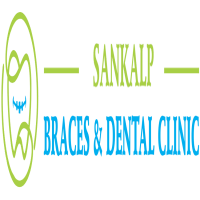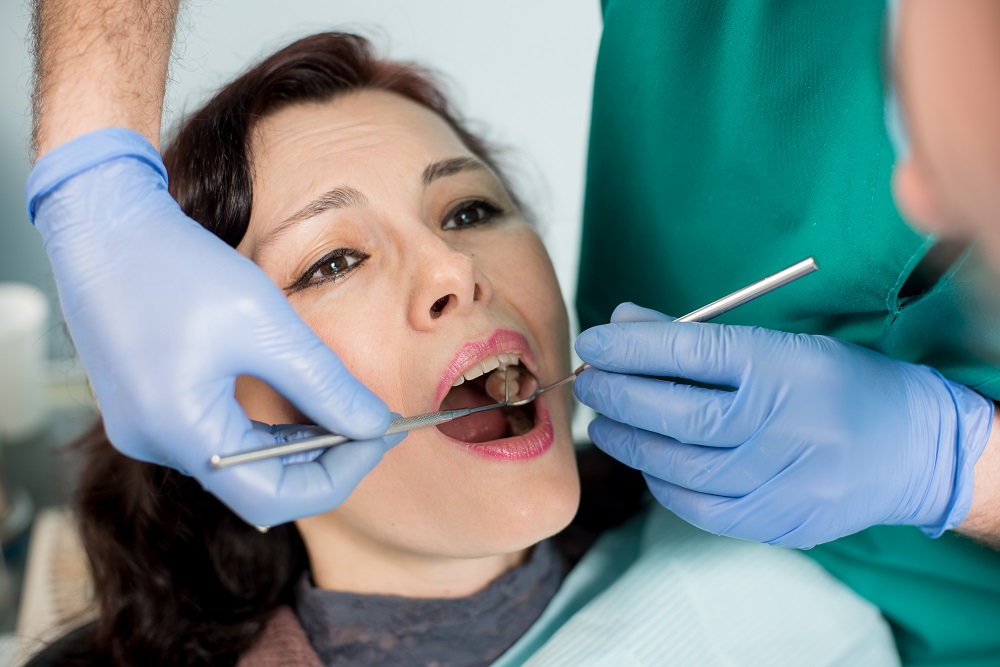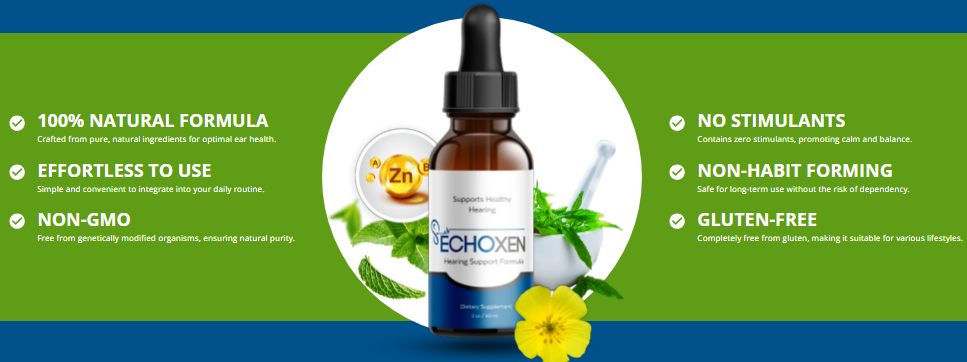The Role of Braces in Treating Crossbites and Open Bites

Strong 8k brings an ultra-HD IPTV experience to your living room and your pocket.
Braces are most commonly associated with straightening crooked teeth, but their purpose goes far beyond creating a beautiful smile. Orthodontic treatment is also essential in correcting bite problems, such as crossbites and open bites, which can affect how you eat, speak, and even breathe. Left untreated, these issues may lead to jaw pain, worn-down teeth, and long-term oral health complications.
In this blog, we’ll explore the role of braces in treating crossbites and open bites, how these conditions impact oral health, and what to expect from treatment.
What Is a Crossbite?
A crossbite occurs when the upper teeth fall inside the lower teeth when biting down. This can affect a single tooth or a group of teeth and may occur in the front (anterior crossbite) or back (posterior crossbite) of the mouth.
Causes of Crossbites:
-
Genetics
-
Delayed or abnormal tooth eruption
-
Abnormal jaw development
-
Thumb sucking or prolonged pacifier use in childhood
Problems Caused by Crossbites:
-
Uneven tooth wear
-
Jaw misalignment
-
Gum recession
-
Difficulty chewing
-
Facial asymmetry
What Is an Open Bite?
An open bite is when the upper and lower teeth do not touch when the mouth is closed, leaving a visible gap. This can happen in the front (anterior open bite) or the back (posterior open bite).
Common Causes of Open Bites:
-
Thumb sucking
-
Tongue thrusting
-
Genetic factors
-
Prolonged bottle feeding
Problems Caused by Open Bites:
-
Difficulty biting into foods like sandwiches or apples
-
Speech difficulties
-
Mouth breathing
-
Jaw strain or pain
How Braces Correct Crossbites
Braces are an effective solution for treating crossbites. Here’s how they help:
1. Realigning Teeth
Braces apply gentle, consistent pressure to move teeth into their correct position—typically by shifting the upper teeth outward or the lower teeth inward.
2. Expanding the Upper Jaw
In children or teens, orthodontists may use palatal expanders along with braces to widen the upper jaw, especially for posterior crossbites.
3. Correcting Jaw Position
Elastics (rubber bands) are often used to guide the jaw into proper alignment. Over time, this helps eliminate the crossbite and improve bite function.
How Braces Treat Open Bites
Treating open bites can be slightly more complex, but braces still offer highly effective solutions.
1. Vertical Movement of Teeth
Braces help shift teeth up or down into proper contact to close the open space between the upper and lower arches.
2. Bite Blocks or Elastics
Orthodontists may use bite blocks or vertical elastics along with braces to encourage a more natural bite closure.
For patients in and around Wanjari Nagar, consulting an experienced
dentist in Wanjari Nagar is a good starting point for evaluating bite issues and planning orthodontic care.
3. Addressing Underlying Habits
In children, stopping thumb sucking or tongue thrusting is crucial. Braces may be combined with habit-breaking appliances for lasting results. In adults, surgery may be needed in severe cases.
Benefits of Correcting Crossbites and Open Bites
Correcting these bite issues with braces offers multiple advantages:
-
Improved chewing and digestion
-
Better speech clarity
-
Reduced risk of jaw pain and dental wear
-
Enhanced facial symmetry and aesthetics
-
Long-term oral health preservation
Final Thoughts
Crossbites and open bites aren’t just cosmetic concerns—they impact your entire oral system. Braces are a reliable and effective method to address these issues and guide the teeth and jaw into proper alignment.
If you or your child shows signs of a bite problem, don’t delay. Early intervention by a qualified orthodontist can make treatment faster and more successful. With the right plan in place, you’ll be well on your way to a healthier, more confident smile.
Note: IndiBlogHub features both user-submitted and editorial content. We do not verify third-party contributions. Read our Disclaimer and Privacy Policyfor details.







